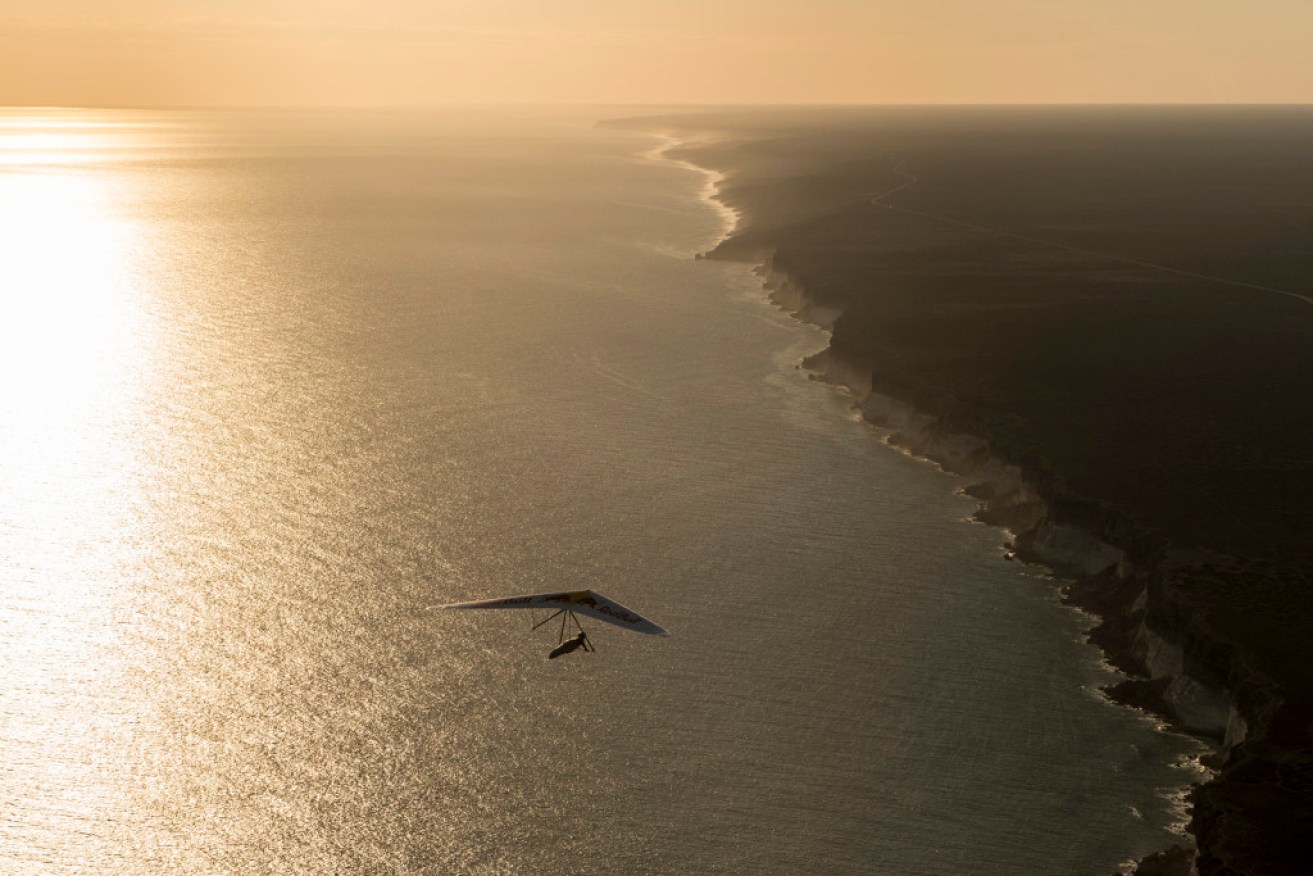BP’s plans to drill for oil and gas in “hefty sea conditions” in the Great Australian Bight are risky, a leading Texas marine chemist says.
The energy giant says, however, it is eager to avoid a repeat of the $40 billion oil spill in the Gulf of Mexico.
BP is preparing to explore for oil and gas in a deep water basin about 300 kilometres off the South Australian coast.
BP has opened an office in Adelaide as it considers locations for supply, and aviation bases to service the exploration project.
International marine chemist Professor Piers Chapman from Texas A&M University says the project is “potentially risky”.
“There’s always some spill risk when you drill,” he said.
“You get hefty sea conditions out there.”
An exploration team would need to contend with extreme ocean conditions as it negotiates depths of up to 5,000 metres near a large marine park, Chapman said.
But deep water oil and gas rig stability has improved since the Deep Water Horizon explosion and oil spill off the Gulf of Mexico in the US in 2010, he said.
Major companies were now using better technology, and determined to avoid compensation payouts running into the tens of billions of dollars, Chapman said.
BP secured a drilling rig worth more than $800 million in 2013 to explore the 24,000 square kilometre permit area, as part of a $1.4 billion drilling program.
Chapman said deep water drilling brought new challenges, but the biological effects of a deep water oil spill were probably no more serious than from a surface spill.
Australia has never experienced a catastrophic oil spill.
Chapman said gas spills were less problematic than oil spills, as bubbles rise to the surface and into the atmosphere.
BP’s vice president for new ventures Mark Stanley has described the ocean conditions in the Great Australian Bight as “extreme”, compared to other areas around the world.
BP, Chevron, Norway’s Statoil and Europe’s Northern Petroleum have expressed interest in the Great Australia Bight since the federal government awarded exploration permits in the region in 2011.





